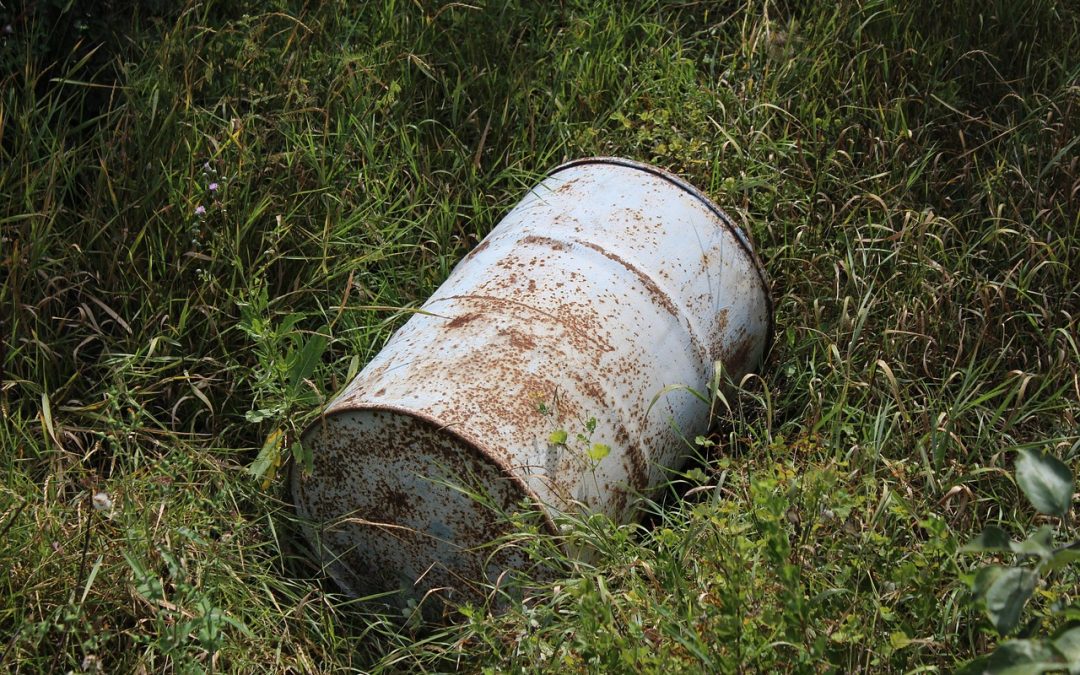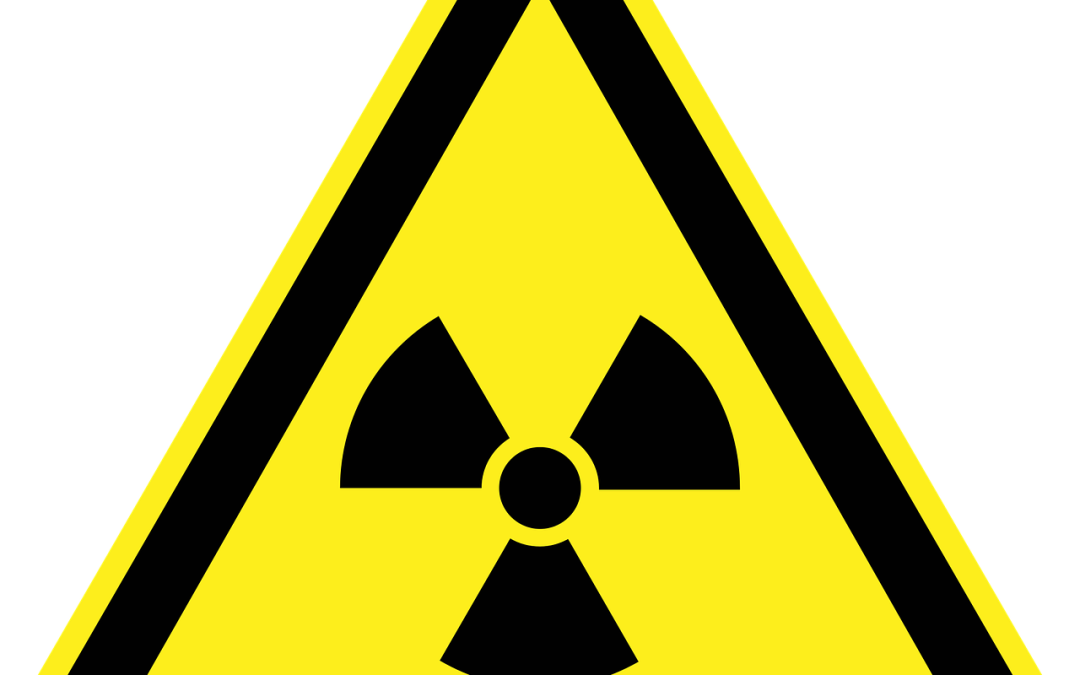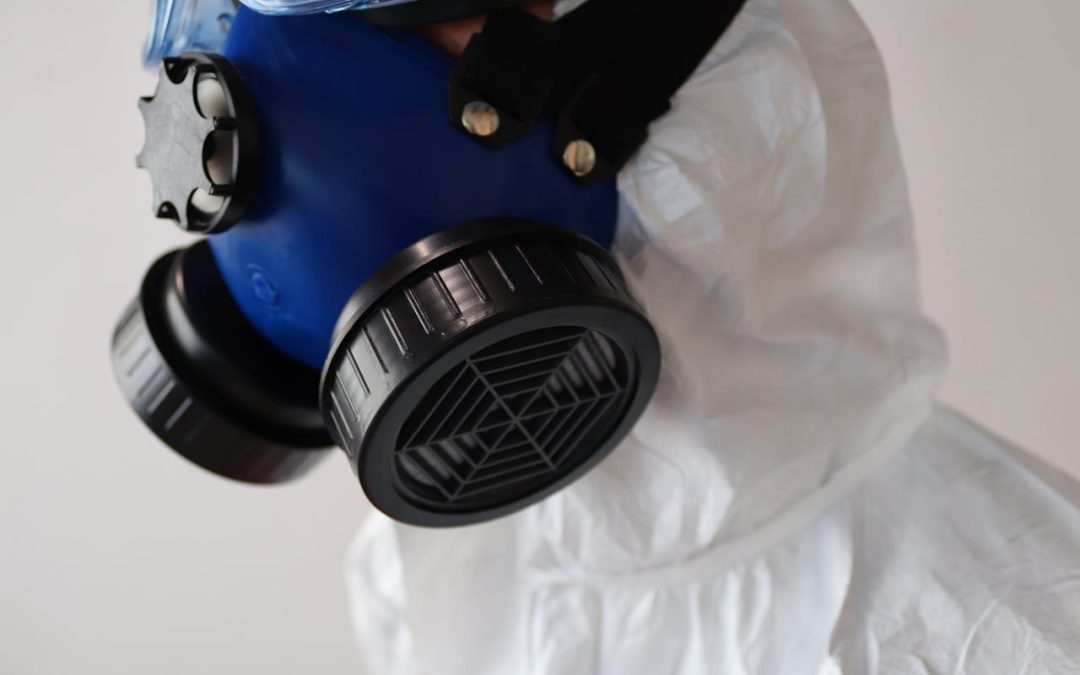
Bloodborne Pathogens in Manufacturing Environments
When most people think of bloodborne pathogen (BBP) exposure, they picture hospitals or medical labs, but the risk extends far beyond healthcare. Exposure to BBPs can happen pretty much anywhere. Manufacturing environments specifically, especially those involving...

Bloodborne Pathogens in the Workplace
If you work in the medical field, it’s almost guaranteed that you have heard of bloodborne pathogens (BBPs). BBPs are infectious microorganisms present in blood and (sometimes) other bodily fluids that can cause diseases in humans. The most common and concerning BBPs...

Industrial Athletes: The Importance of Stretch and Flex
Think about some of the athletes that you have seen throughout your life. The one thing that they all have in common is that they stretch and flex before workouts, practice, and competitions. The work that we do is just as physical as what athletes face, and it is...

EPA Reconsiders the TSCA Risk Management Rule for Perchloroethylene (PCE)
The Environmental Protection Agency (EPA) has released an important update regarding its ongoing reconsideration of the 2024 Perchloroethylene (PCE) Risk Management Rule under the Toxic Substances Control Act (TSCA). This update outlines EPA’s anticipated timeline for...

Industrial Slings: Purpose, Safe Use, and Proper Application
Slings are the most often used under-the-hook lifting devices. They are attached to and hang below the hook on cranes and hoists. Their purpose is to facilitate the lifting, lowering, and movement of suspended loads. The four most common types of slings include: Chain...

Connecticut Becomes the 40th NRC Agreement State
If your facility uses sealed radioactive gauges, moisture-density equipment, XFR analyzers, or other regulated radioactive sources, you may start noticing some changes in 2026. These changes relate to radioactive material licensing, inspections, and compliance. On...

The Importance of Respirator Fit Testing
If your workplace has determined that respirators are required personal protective equipment (PPE), very few things are more critical than making sure your respiratory protection is actually protecting you. Whether you’re a laboratory technician, construction worker,...

CT DEEP Reissues the General Pretreatment Permit for Non-Significant Industrial User (NSIU) Discharges
The Connecticut Department of Energy and Environmental Protection (CT DEEP) has announced the reissuance of the General Pretreatment Permit for Non-Significant Industrial User (NSIU) Discharges to Publicly Owned Treatment Works (POTWs). This CT Reissues General...

CT DEEP Reissues the General Pretreatment Permit for Significant Industrial User (SIU) Discharges
The Connecticut Department of Energy and Environmental Protection (CT DEEP) has announced the reissuance of the General Pretreatment Permit for Significant Industrial User (SIU) Discharges to Publicly Owned Treatment Works (POTWs). This general permit regulates...

RCRA Recordkeeping Requirements for Waste Generators
Proper recordkeeping is the backbone of compliance under the Resource Conservation and Recovery Act (RCRA). Whether your facility produces 2, 200, or 2,200+ pounds of hazardous waste, your records are proof that waste is being identified correctly, stored safely,...
